Cornelius Holtorf attended the Webinar “Archaeological Cultural Heritage in the UNESCO Mandate” organized by the Polish National Commission for UNESCO, the UNESCO-UNITWIN Network on Culture in Emergencies and the University of Poznan (4 April 2025).
Cornelius Holtorf contributed to the consultation of the Swedish Commission for UNESCO concerning Sweden’s future collaboration with UNESCO (24 April 2025).
Cornelius Holtorf, gave an invited talk on “The Climate Heritage Paradox” for ca 90 participants in the national conference Heritage Horizons: Pathways to the Future by the Heritage Council of Ireland, held in Dublin, Ireland (1 May 2025).
Anders Högberg presented the research programme InKuiS – Innovative Cultural Entrepreneurship in Collaborative Co-creative Research, including the future-related project Earth Logic Design, at a conference organised by the Småland in Academy organised at Linnaeus University in Växjö (16 May 2025).
Cornelius Holtorf participated in a webinar of the “The Path to MONDIACULT 2025” series which is part of the preparations for MONDIACULT 2025, the UNESCO World Conference on Cultural Policies and Sustainable Development (19 May 2025). The 2025 edition of MONDIACULT in Barcelona will be pivotal in ensuring that culture is recognized as a standalone goal in the future United Nations development strategy.
Cornelius Holtorf contributed to a Consultation of the Heritage Adapts to Climate Alliance (HACA) on the UNFCCC process to develop indicators for measuring progress in adapting heritage sites and cultural practices to climate change (30 May 2025).
Cornelius Holtorf attended digitally a High level panel on future generations entitled “A Tribunal for Future Generations” held at the Hamburg Sustainability Conference 2025 and involving, among others, Guy Ryder (Under-Secretary-General, UN Executive Office) and Sophie Howe (The World’s first Future Generations Commissioner, for Wales) (2 June 2025).
Cornelius Holtorf and Anders Högberg held an informal meeting on heritage processes and futures literacy with Dr Anselm Tiggemann of the BGE Bundesgesellschaft für Endlagerung in Berlin to discuss future collaborations (9 June 2025).
Cornelius Holtorf attended digitally parts of The International Seminar on Heritage Interpretation and Presentation for Future Generations co-organized by the Institute of International Studies at Waseda University, Tokyo, Japan; the ICOMOS International Scientific Committee on Interpretation and Presentation of Cultural Heritage Sites, and the Our World Heritage initiative (14 June 2025).
Cornelius Holtorf ran a Future Workshop on “World heritage Southern Öland 25 years in the future” for 20+ students taking part in a course entitled “The World Heritage site of Southern Öland” at Ölands Folkhögskola, Skogsby, Öland, Sweden (18 June 2025).
Cornelius Holtorf arranged and participated in an exploratory meeting for future collaboration with Professor Tatsuyoshi Saijo, Kyoto University of Advanced Science (who has been developing Future Design) and Christine Kavazanjian, UNESCO Paris (representing UNESCO’s unit on Foresight and Futures Literacy), (19 June 2025).
Cornelius Holtorf took part in a meeting of the External Advisory Committee of the Flagship Initiative Transforming Cultural Heritage at the University of Heidelberg, Germany (20 June 2025).
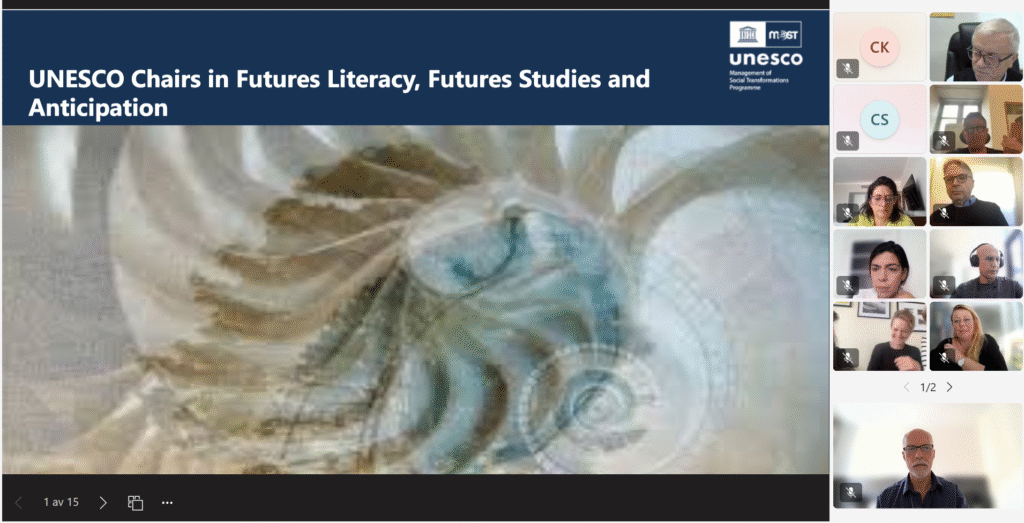

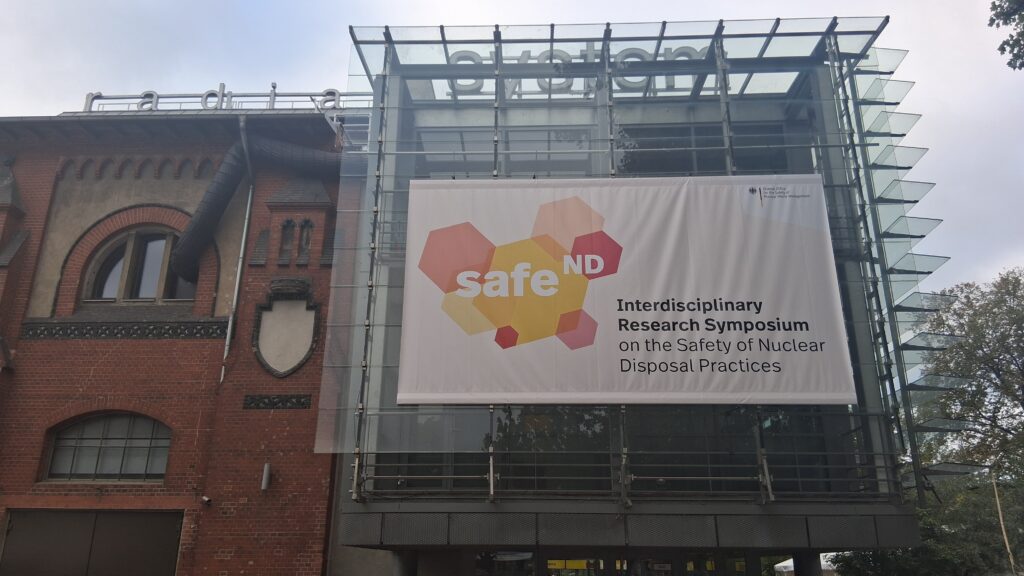
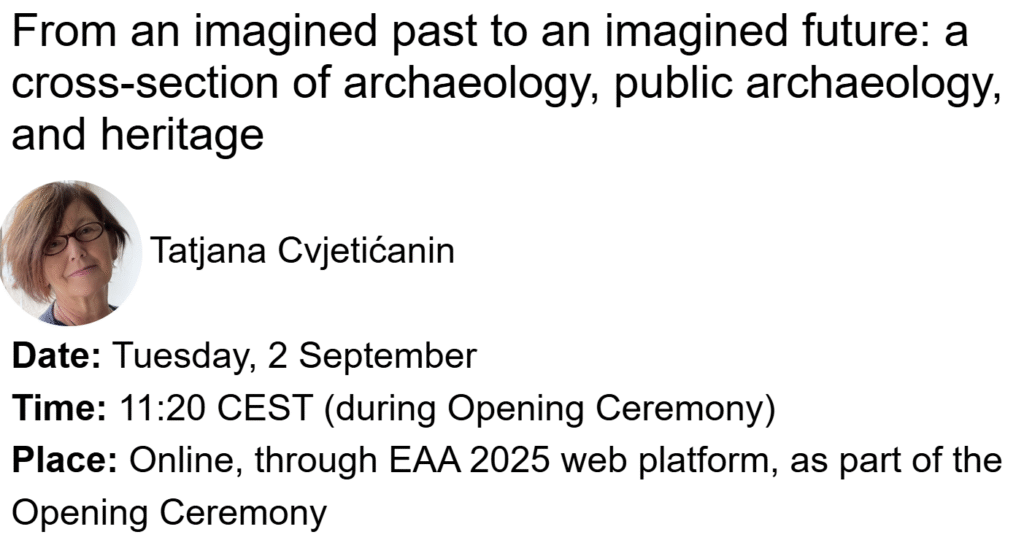

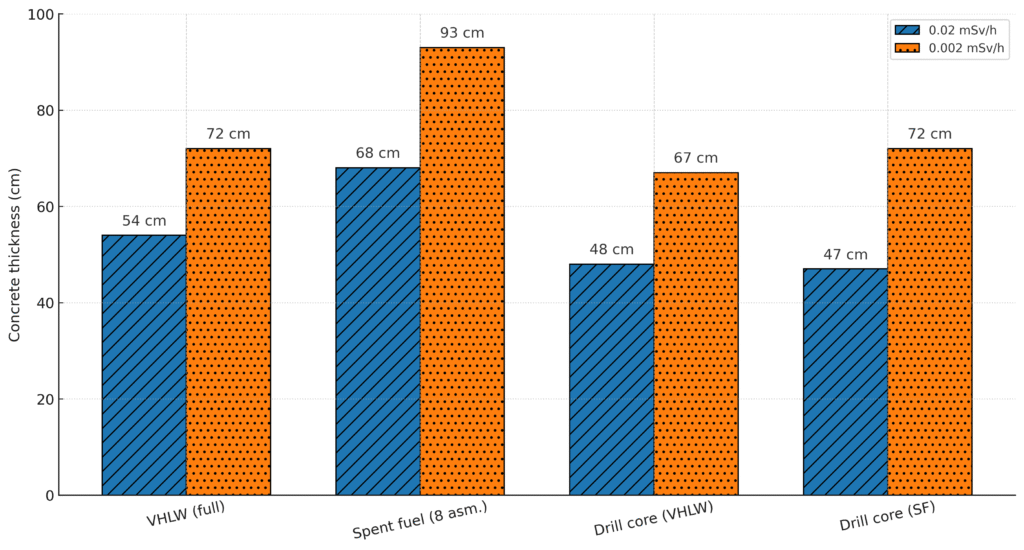




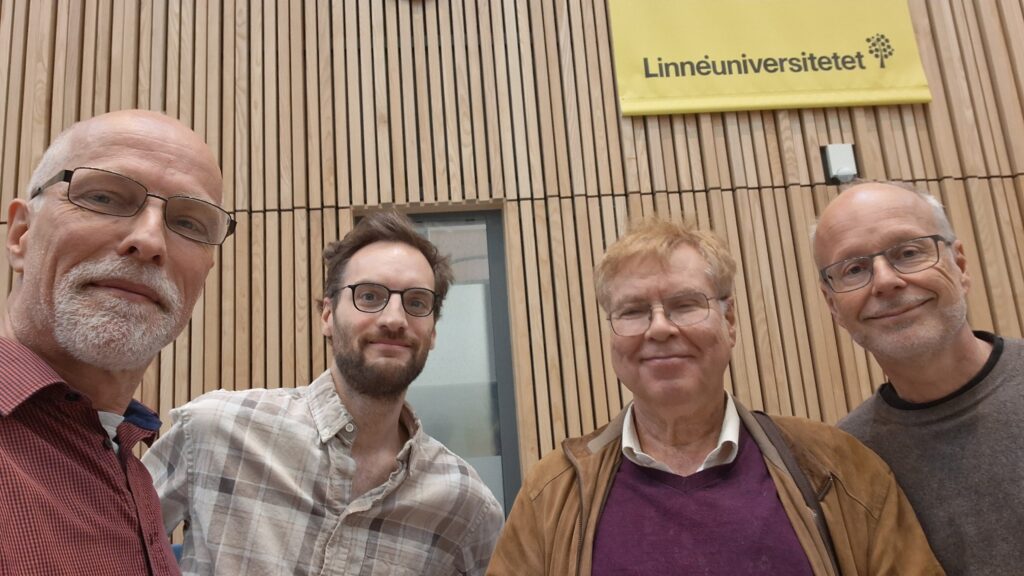
[…] The new funding for this and a number of additional smaller projects, means that the Climate Heritage Network is…
[…] Chair on Heritage Futures « Culture, cultural heritage and COP26 […]
[…] mer på Unescoprofessurens blogg http://blogg.lnu.se/unesco/?p=1061 Besök Öland 2050! […]